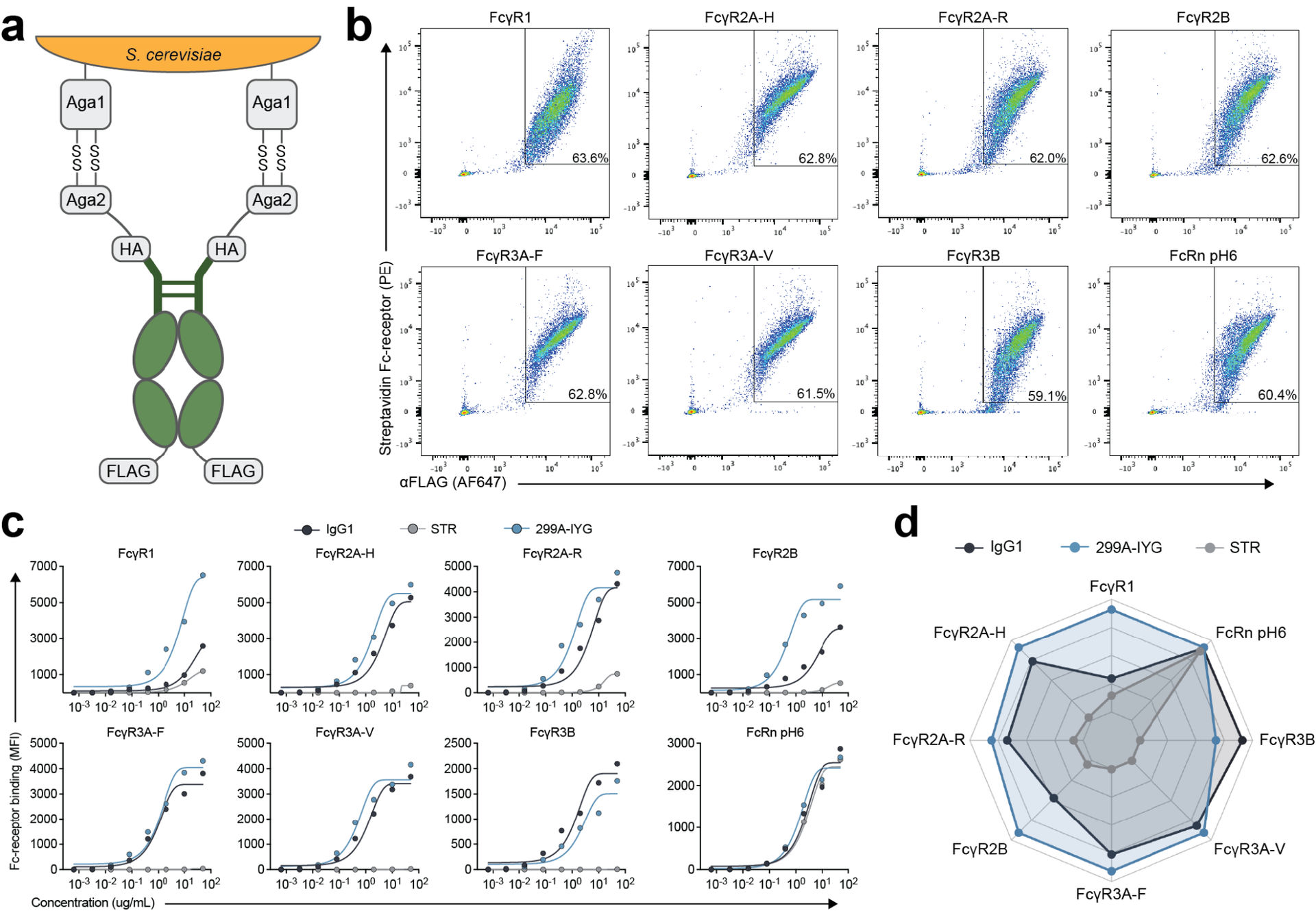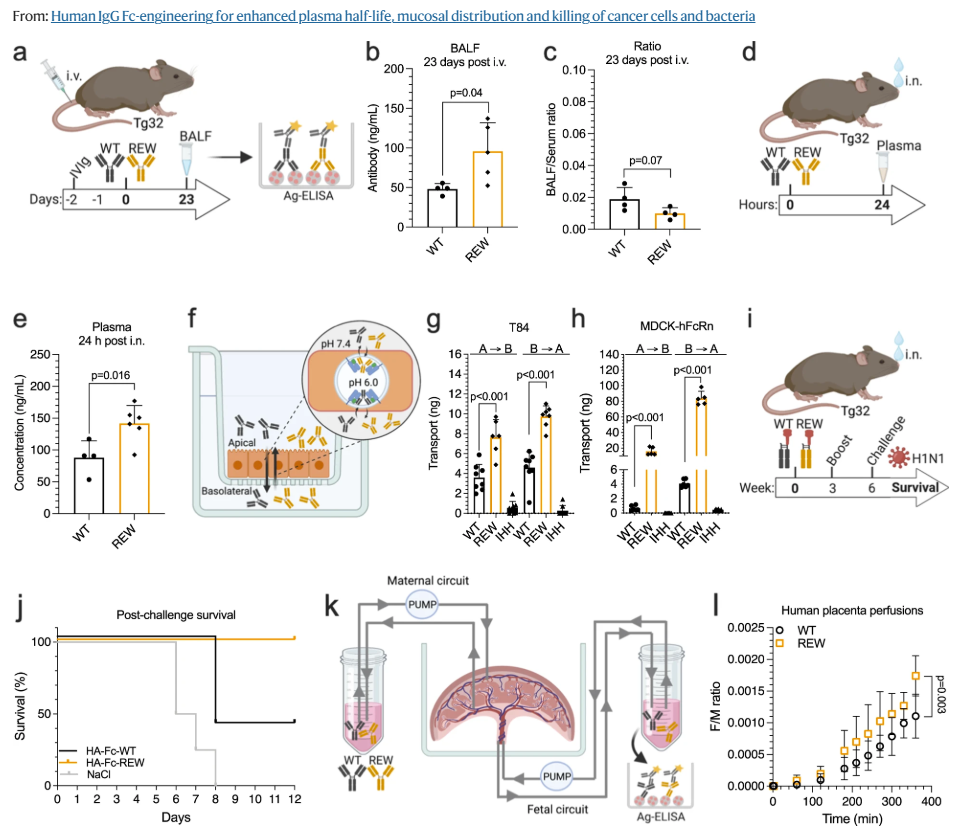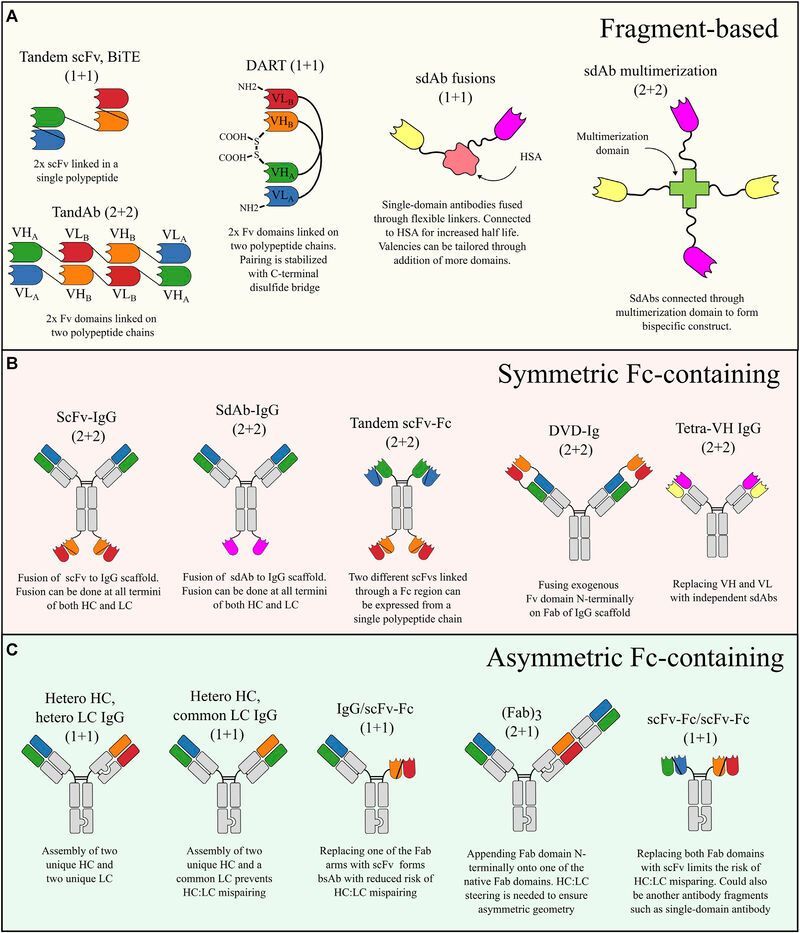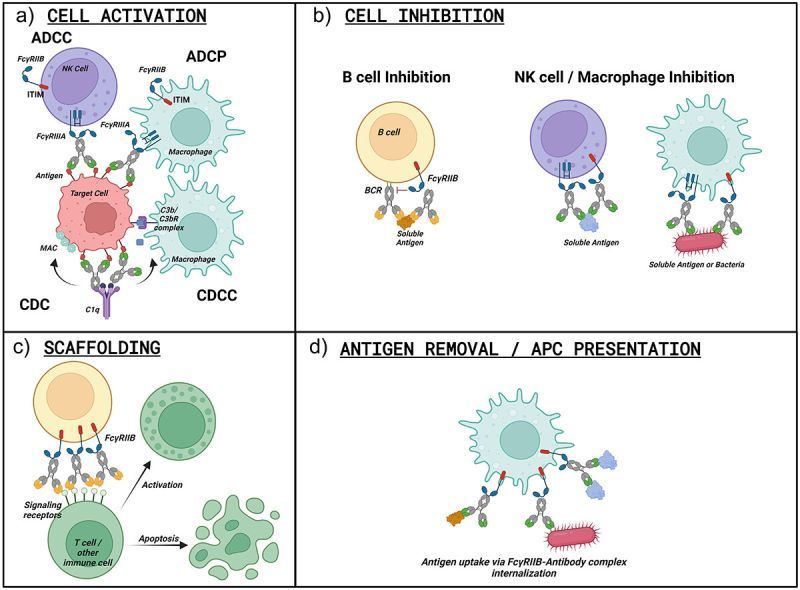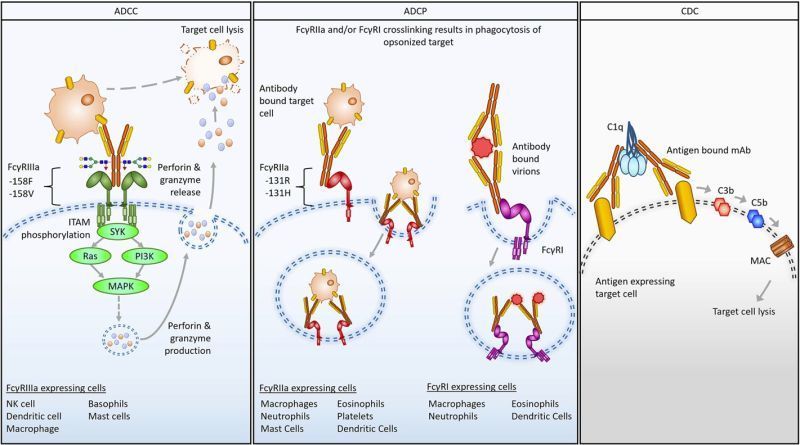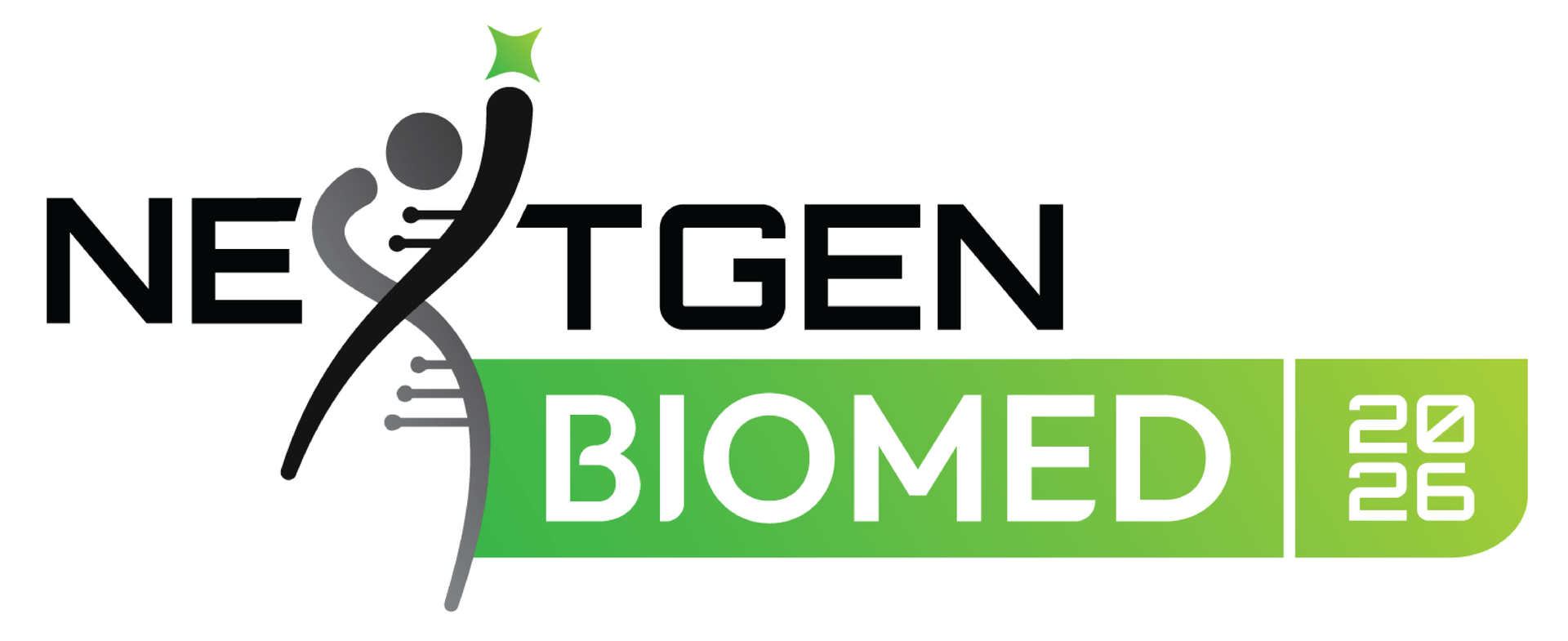Safety and immunogenicity of UB-612 heterologous booster in adults primed with mRNA, adenovirus, or inactivated COVID-19 vaccines: a randomized, active-controlled, Phase 3 trial
Background
Authorized COVID-19 vaccines require boosters for continued protection; however, the lack of crossplatform compatible boosters creates practical challenges to keeping populations protected.
Methods
This Phase 3, multicenter, international, randomized, active-controlled trial compared UB-612 as a thirddose heterologous booster to BNT162b2, ChAdOx1-S, or BBIBP-CorV homologous boosters in healthy subjects aged
≥16 years. Participants were randomly assigned 1:1 to receive a single intramuscular injection of UB-612 or an active comparator matching the primary dose, and were stratified for age, sex, N-protein seropositivity, and time since the last dose of their primary series COVID-19 vaccination. The primary objective was to show noninferiority of neutralizing antibody geometric mean titer (GMT) against live SARS-CoV-2 Wuhan strain after boosting with UB-612 or each of the licensed platform vaccines. Secondary and exploratory objectives covered short and long-term antibody responses. The safety analysis addressed subject and investigator reported adverse events. The study was registered on ClinicalTrials.gov, NCT05293665, and completed on September 12, 2023.
Findings
Between March 22 and September 9, 2022, 469 subjects received UB-612 as a heterologous booster, and 467 received BNT162b2 (n = 204), ChAdOx1-S (n = 95), or BBIBP-CorV (n = 168) as homologous boosters. Over 90% of all subjects were positive for N-protein antibody at baseline. When compared to the respective homologous booster response, UB-612 stimulated Wuhan and Omicron BA.5 neutralizing antibody responses that were non-inferior, thus meeting all primary and secondary immunogenicity endpoints of the study. Importantly, UB-612demonstrated superiority in neutralizing antibody GMT and seroresponse rates compared to ChAdOx1-S and BBIBP-CorV. UB-612 was also effective in stimulating neutralizing antibodies against a more recent Omicron XBB1.5 strain. Long-term immunity analysis through 6- and 12-month follow-ups favored UB-612 over ChAdOx1-S and BBIBP-CorV and supported comparable immunity to BNT162b2. All vaccines were well tolerated and had similar safety profiles.
Interpretation
In a pivotal Phase 3 study, UB-612 demonstrated the potential for broad use as a cross-platform heterologous booster, restoring protective immunity in adults previously vaccinated with mRNA, adenovirus vectored, or inactivated virus-based COVID-19 vaccines.
Funding
The study was co-funded by the Coalition for Epidemic Preparedness Innovations (CEPI) and Vaxxinity.
Authors:
Rumyantsev, A., et al. (2025). Safety and immunogenicity of UB-612 heterologous booster: A pivotal Phase 3 study. eClinicalMedicine, The Lancet.
Journal:
The Lancet
